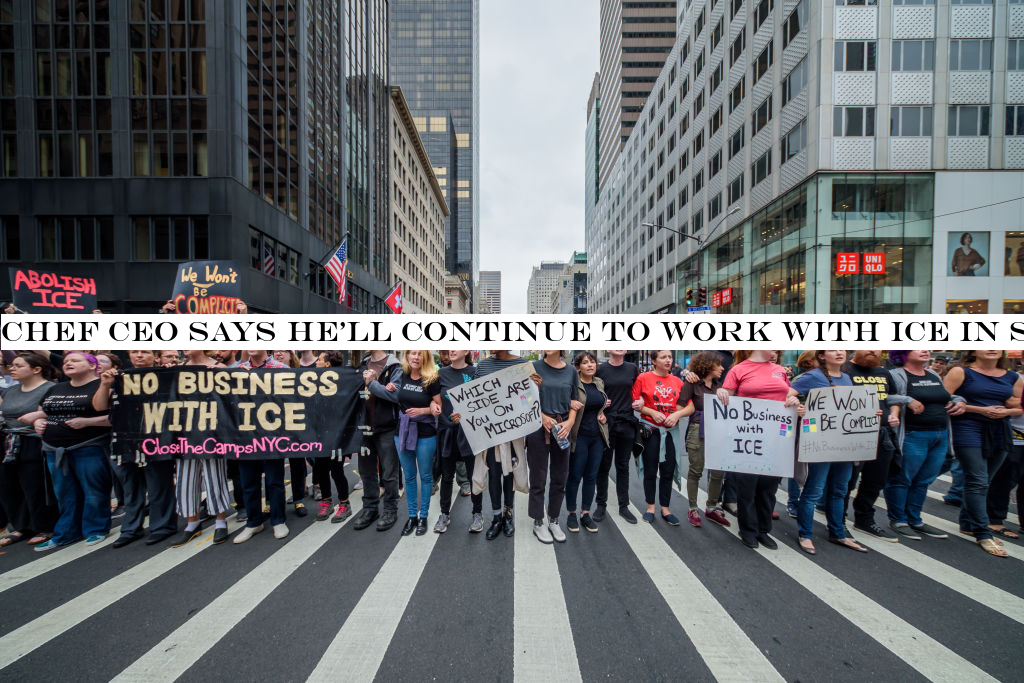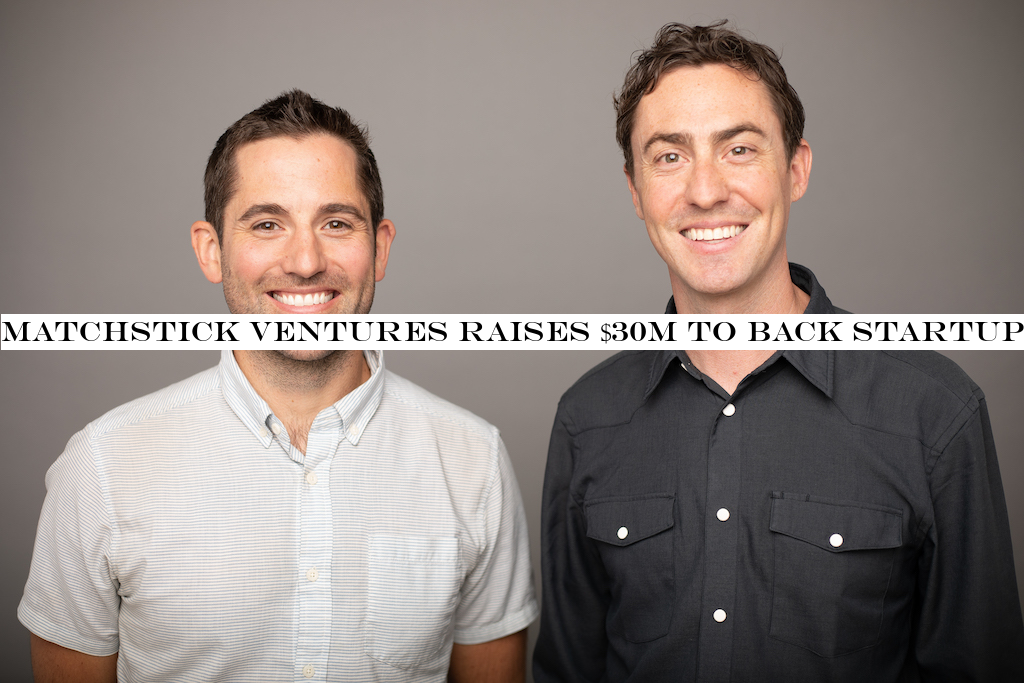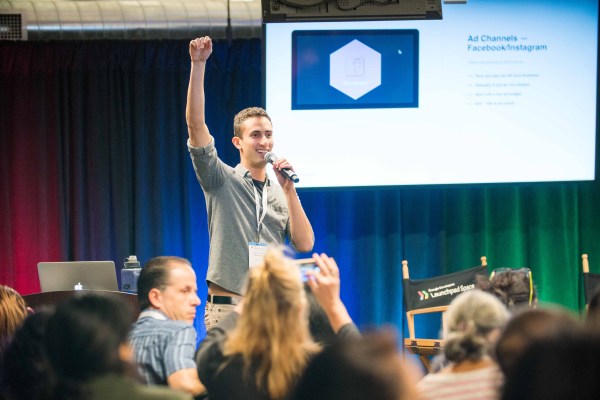Music
Trailers
DailyVideos
India
Pakistan
Afghanistan
Bangladesh
Srilanka
Nepal
Thailand
StockMarket
Business
Technology
Startup
Trending Videos
Coupons
Football
Search
Download App in Playstore
Download App
Best Collections
Technology

- Details
- Category: Technology
Read more: Holograms and brain implants 'could replace letters and Post-its in the future'
Write comment (99 Comments)Back in January, Blackstone — the investment firm whose assets under management surpassed a jaw-dropping half a trillion dollars earlier this year — quietly began piecing together a new, growth equity platform called Blackstone Growth, or BXG. Step one was hiring away Jon Korngold from General Atlantic, where he&d spent the previous 18 years, including as a managing director and a member of its management committee.
Step two has been for Korngold, who is responsible for running the new program, to build a team, which he has been doing throughout the year, bringing in &people who speak the language of Blackstone,& he says, including from TCV, Andreessen Horowitz, Carlyle, Vista Private Equity, NEA, and SoftBank .
Apparently, the group is now ready for business. It has already closed on two deals from existing pools of capital with Blackstone, including acquiring outright the mobile ad company Vungle. According to Korngold, two more term sheets &are being signed imminently.&
We talked with him last week for more information about what the group is shopping for, what size checks it is willing to write, and which firms it views as its biggest rivals for deals (and more). Our chat has been edited for length and clarity.
TC: You&ve been hiring throughout the year people who have large-scale growth equity backgrounds. Are many of them women?
JK: Blackstone is one of the most diverse organizations [in terms of] gender or ethnicity. In general, ita huge priority for the firm and within our group of 20 people, 40 percent are female, a number we hope to get to 50 percent. Hiring is still in process, but ita really healthy culture.
TC: How many people does Blackstone employ altogether?
JK: There are 2,600 altogether across 24 offices.
TC: Is your group investing a discreet pool of capital?
JK: At some point, we&ll have a dedicated pool of capital, but as a firm, we&ve been investing in growth equity for some time [so have relied on other funds within Blackstone to date].
TC: Thereno shortage of growth equity in the world right now. What is Blackstone building thatso different?
JK: The sheer scale of the operation is different. We have nearly 100 operating professionals — employees of Blackstone — who were hired because they are functional experts — from pricing experts to process engineering experts to human capital and procurement and digital marketing experts — and who can advise our companies.
Also, Blackstone can holistically assist a company through [our] growth equity and real estate and procurement and debt [groups] and other related infrastructure support, enabling companies to fight way above their weight class. We have 600,000 people across our portfolio, and that provides an interesting opportunity for our companies to cross pollinate [and to cross-sell to] one another.
Unlike most growth equity firms, we also have a significant number of data scientists who do three things: identify proprietary signals across asset classes to help instruct where we should be hunting; help our companies monetize their data; and help us in our diligence. They&ll access raw data feeds and almost see the matrix, if you will.
TC: How many data scientists are we talking about?
JK: A couple dozen [across Blackstone].
TC: Blackstone must be competing against fast-growing tech companies for data scientists. How do you convince them that work for an investing giant is the better gig?
JK: If you&re an intellectually curious individual, there are so many signals [coming through Blackstone] that italmost a proxy for the world. Itlike manna from heaven. Itnot like they&re doing a single-threaded approach. The nature of the challenges across our companies is so vast and so varying that whether you&re looking at a fast-growing retailer or a cell phone tower in another country, the nature of the tasks is always changing.
TC: SoftBank seems to have shaken things up a bit when it came on to the scene, given the size checks it is writing. Your boss, Steven Schwarzman, who recently talked with us about this bigger new push into growth equity, made sure to note that there are few organizations that can write $500 million checks.
JK: [Laughs.] Everyone in Silicon Valley wants to talk about SoftBank. We celebrate a lot of what SoftBank has done. They&ve validated the thesis that therean opportunity for growth equity on a scale that hasn&t traditionally been available.
Itsimilar to the way we&re set up. SoftBank was never meant to compete with the venture community; they&re competing with the capital markets, and as private companies look to stay private longer market, SoftBank wants to support their development.
TC: And . . .
JK: I think the reality is that a lot of businesses have unproven business models and unit economics, and they&re garnering massive amounts of capital from different constituents. Itless about who is staying private longer but are they sustainable over the long run, whether public or private. I think a lot of companies right now now that have unproven business models have been flooded by cash at too small a scale where they aren&t ready to handle it, and it masks weaknesses.
TC: Where is that most acute, in your view?
JK: I see that at the smaller growth equity phase — the $25 million to $150 million [per firm per check] range — where most growth equity resides because you have every VC firm there now. Many of the growth funds that have moved downstream. You also have crossover funds like DST and Coatue and Tiger, along with corporate venture capital. That huge flood of capital has created these massive valuations and it has compressed the due diligence involved.
If you look at Lyft and Uber — and Snap was in this category — the market is starting to speak. Public market shareholders are willing to give you the benefit of the doubt for a while but not indefinitely. You can&t feed the machine for growthsake.
TC: So what type of deals are you searching out?
JK: We won&t step into a situation where unit economics aren&t proven from day one. You won&t see us in a company thatselling $1 for 80 cents and hoping someday that works. We&re Inherently more binary in profile. We&re capital-preservation minded while looking for asymmetric upside, and thatwhere we have a disproportionate advantage. You&ll see us do deals where we can put our thumb on the scale, because of our real estate holdings or buyout assets or because [search across our] portfolio for help with procurement costs or insurance or R-D or a companygo-to-market strategy.
TC: What have you done that proves all these bells and whistles make a difference?
JK: We have a couple of signed deals, including [the mobile ad company] Vungle [for a reported $750 million-ish], though we&re more often looking for growth-equity minority ownership positions. [Think] companies that are looking for a partner and not an owner. We&ll do growth buyouts but the vast majority will be significant minority positions.
We have a couple of other deals that will be signed imminently that we can&t discuss just yet.
TC: Are you hoping to take these companies public? Flip them to another private equity firm? Relatedly, do you have any thoughts about the public market and whether more companies should be going out?
JK: We&ll only look to an IPO if therea reason for it. Oftentimes, companies shouldn&t be public; sometimes, they should be, including if they need an acquisition currency or [to better establish their] branding. But the idea of, letrush to the door [is not our style].
TC: Who are your most direct competitors? Not Vista Private Equity, since it seems to prefer buying companies whole.
JK: Vista is going exclusively for control buyouts, massive turnarounds. It descends upon a company and says, ‘This is the playbook you will follow.& It also uses a lot of leverage, where the vast majority or our [deals] are un-levered. We don&t use much debt. Vista and Silver Lake are much more competitors with each other.
TC: KKR then? Carlyle?
KR: They&re also multi-asset managers, but as it relates to growth equity, we&ve really found ourselves in slightly more rarefied air. Blackstone has demonstrated that it can use its scale to create an operational advantage, and virtually no other company — or few — can contemplate checks like we can.
TC: What do you want for these checks, other than a minority position? How involved are you and what size stake, exactly, are you aiming to buy?
JK: We want to have a relevant voice, so we want to be in the boardroom, but there is no target range. It can be 10 or 20 or 30 percent. It can be 80 percent. Ideally you want to be the main outside pool of capital along with management team.
- Details
- Category: Technology

Yesterday, software development tool maker Chef found itself in the middle of a firestorm after a Tweet called them out for doing business with DHS/ICE. Eventually it led to an influential open-source developer removing a couple of key pieces of software from the project, bringing down some parts of Chefcommercial business.
Chef intends to fulfill its contract with ICE, in spite of calls to cancel it. In a blog post published this morning, Chef CEO Barry Crist defended the decision. &I do not believe that it is appropriate, practical, or within our mission to examine specific government projects with the purpose of selecting which U.S. agencies we should or should not do business.&
He stood by the companydecision this afternoon in an interview with TechCrunch, while acknowledging that it was a difficult and emotional decision for everyone involved. &For some portion of the community, and some portion of our company, this is a super, super-charged lightning rod, and this has been very difficult. Itsomething that we spent a lot of time on, and I want to represent that there are portions of [our company] that do not agree with this, but I as a leader of the company, along with the executive team, made a decision that we would honor the contracts and those relationships that were formed and work with them over time,& he said.
He added, &I think our challenge as leadership right now is how do we collectively navigate through times like this, and through emotionally-charged issues like the ICE contract.&
The deal with ICE, which is a $95,000-a-year contract for software development tools, dates back to the Obama administration when the then DHS CIO wanted to move the department toward more modern agile/DevOps development workflows, according Christ.
He said for people who might think ita purely economic decision, the money represents a fraction of the companymore than $50 million annual revenue (according to Crunchbase data), but he says itabout a long-term business arrangement with the government that transcends individual administration policies. &Itnot about the $100,000, itabout decisions we&ve made to engage the government. And I appreciate that not everyone in our world feels the same way or would make that same decision, but thatthe decision that we made as a leadership team,& Crist said.
Shortly after word of ChefICE contract appeared on Twitter, according to a report in The Register, former Chef employee Seth Vargo removed a couple of key pieces of open-source software from the repository, telling The Register that &software engineers have to operate by some kind of moral compass.& This move brought down part of Chefcommercial software and it took them 24 hours to get those services fully restored, according to Chef CTO Corey Scobie.
Crist says he wants to be clear that his decision does not mean he supports current ICE policies. &I certainly don&t want to be viewed as I&m taking a strong stand in support of ICE. What we&re taking a strong stand on is our consistency with working with our customers, and again, our work with DHS started in the previous administration on things that we feel very good about,& he said.
- Details
- Category: Technology
Read more: Chef CEO says he’ll continue to work with ICE in spite of protests
Write comment (95 Comments)
Matchstick Ventures, a seed-stage firm that says it invests in &rapidly growing, yet underserved startup ecosystems,& announced this week that it has raised $30 million for its second fund.
Thata lot more money than the firm$5 million seed round. This time, Matchstick says it will write initial checks of around $500,000, and in some cases make follow-on investments of $1 million or $2 million.
The firmpartners, Ryan Broshar and Natty Zola, are based in Minneapolis-St Paul. and Boulder, respectively, and they said the underserved ecosystems they&re focused on include &the North, the Rockies, and companies across the Techstars ecosystem.& This is the first fund Matchstick has raised since Zola (the co-founder of Everlater, acquired by our parent company AOL) joined as a partner last year.
And even though Broshar and Zola only recently closed and announced the fund, they&ve already used it to make a number of investments, backing Onward (San Francisco), Soona (Denver), Upsie (Minneapolis), Pana (Denver) and Ordermark (Los Angeles).
The investors in the fund include Foundry Group, which discussed the relationship between the two firms in a blog post:
We&ve co-invested and served on boards with them and [Foundry Group Managing Director] Seth Levine has been an official advisor to Matchstick since inception. As we&ve gotten to know Natty and Ryan, we&ve also seen the ecosystems in which they operate — the North and the Rockies — begin to really thrive and gain momentum … We believe great companies can be built anywhere and are excited about Matchstickopportunity to leverage Natty and Ryanpositions within their respective communities to partner with incredible founders and build their firm.
- Details
- Category: Technology
Read more: Matchstick Ventures raises $30M to back startups in the northern US and the Rockies
Write comment (95 Comments)
We&re going to try something new at Disrupt this year, based on the great response we&ve been getting to our startup how-to coverage. We&re going to put service provider experts on our Q-A stage, where you can talk to them directly in-person about key topics like growth, fundraising and recruiting.
To help kick off this experiment, we&ve asked growth marketing expert Asher King Abramson to lead a session where he&ll tear down your landing pages and Facebook/Instagram ads in front of a live audience. He&ll deconstruct how effective they are at (1) conveying what you do (2) and doing so enticingly — so that people click.
If you&re attending Disrupt and want to participate, you can submit your assets to This email address is being protected from spambots. You need JavaScript enabled to view it. for him to consider.
Get your Disrupt tickets here (you&ll also get a very large discount on an Extra Crunch subscription).
If you&re not familiar, Abramson is the cofounder of Bell Curve, a growth marketing agency widely used by Y Combinator companies and others around Silicon Valley and the world, the cofounder of Demand Curve (YC s19), and a frequent industry speaker on growth (you can see some of his webinars here). We recently named Bell Curve to Verified Experts, our growing list of service providers who startups love to work with, based on founder recommendations. You may also be familiar with his cofounder, Julian Shapiro, a columnist here at TechCrunch who has covered topics for us including trends in paid channel ad prices, how well different sectors monetize and now a regular column featuring tips from across top growth marketers.
This focus on growth is part of our larger orientation towards building great companies via coverage in our new Extra Crunch subscription product.
- Details
- Category: Technology
Read more: Get advice on the latest growth tactics from Demand Curve at Disrupt SF
Write comment (100 Comments)
The FAA has warned against equipping your drone with weapons such as flamethrowers and handguns. But can a nail gun really be considered a weapon — that is, outside of Quake? Lethope not, because roboticists at the University of Michigan have made a roofing drone that uses that tool to autonomously nail shingles into place.
In a video shot in UMspecial drone testing habitat, the craft flies up, approaches its bit of roof, and gingerly applies the nail gun before backing off and doing it a couple more times.
Itvery much just a tech demonstration right now, with lots of room to improve. For one thing, the drone doesn&t use onboard cameras, but rather a system of static cameras and markers nearby that can tell exactly where the drone is and where it needs to go.
This is simpler to start with, but eventually such a drone should be able to use its own vision system to find the point where to touch down. Compared with a lot of the computer vision tasks being accomplished out there, finding the corner of a roof tile is pretty tame.
Currently the drone is also free flying and uses an electric nail gun; this limits its flight time to about 10 minutes and a few dozen nails. It would be better for it to use a tether carrying power and air cables, so it could stay aloft indefinitely and use a more powerful pneumatic nail gun.
Drones are already used for lots of industrial applications, from inspecting buildings to planting trees, and this experiment shows one more area where they could be put to work. Roofing can be both dull and dangerous, and rote work like attaching shingles may as well be done by a drone overseen by an expert as by that experts& own hands.
The drone is the subject of a paper (&Nailed it: Autonomous Roofing with a Nailgun-Equipped Octocopter&) by UMMatthew Romano and others, submitted for the International Conference on Robotics and Automation later this year.
- Details
- Category: Technology
Read more: Take cover, it’s a drone with a nail gun!
Write comment (98 Comments)Page 827 of 5614

 10
10





